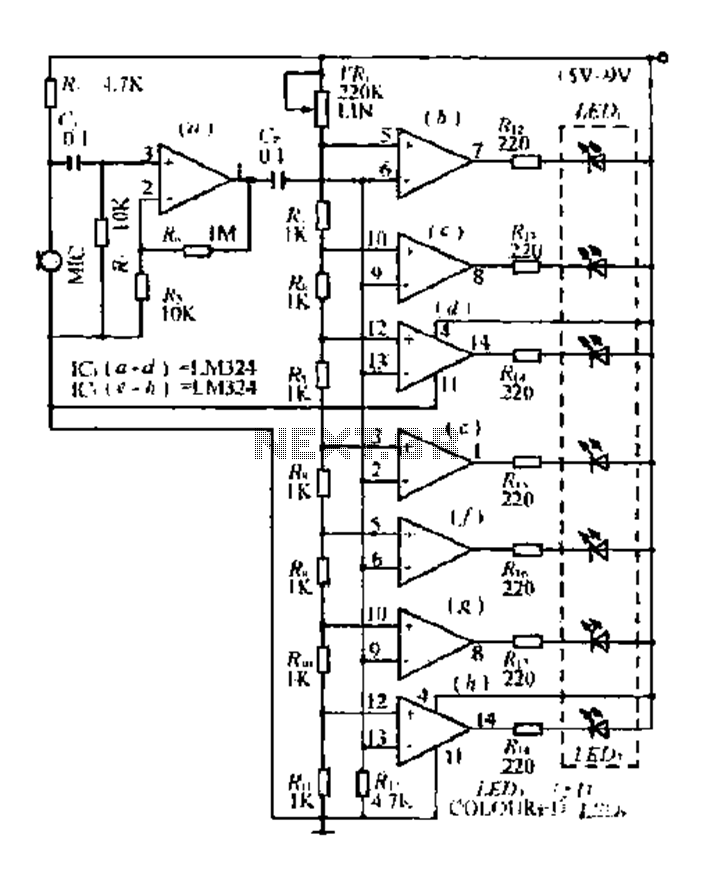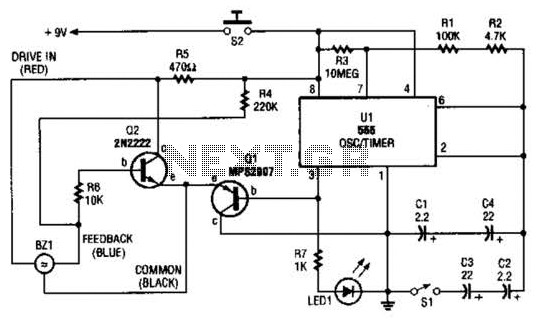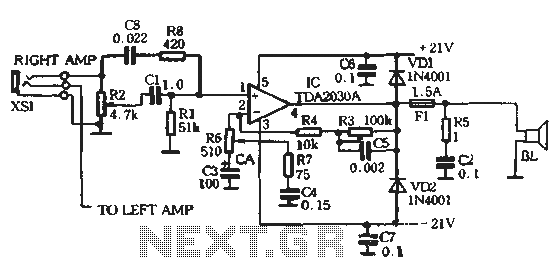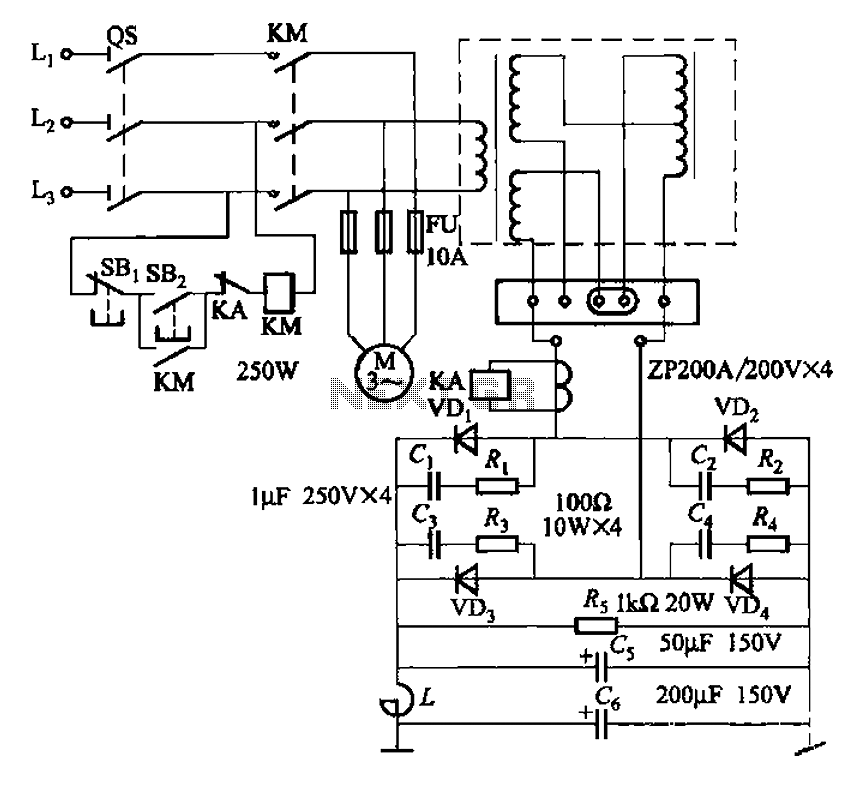
Tracking Double-Output Bipolar Supply Circuit

This circuit is useful for a bench supply in the lab. Separate or tracking operation is possible. The regulators should be properly heatsinked. Tl is a 24-Vac wall transformer of suitable current capacity.
The described circuit functions as a laboratory bench power supply, capable of providing either separate or tracking output voltages. The use of a 24-Vac wall transformer (Tl) serves as the primary power source, delivering the necessary alternating current input for the power supply.
The circuit is designed to incorporate voltage regulators that convert the AC input into a stable DC output. To ensure reliable operation, these regulators must be adequately heatsinked to dissipate the heat generated during voltage regulation, thereby preventing thermal overload and ensuring long-term stability and performance of the circuit.
In separate operation mode, the circuit allows for independent output voltages from each regulator, which can be adjusted to meet specific voltage requirements for various laboratory applications. In tracking operation mode, the outputs are configured to maintain a constant voltage difference, which is particularly useful when powering devices that require a specific voltage ratio.
The design considerations for this circuit include selecting appropriate voltage regulators that can handle the expected load current and ensuring that the transformer has a current rating sufficient to support the combined output of the regulators. Additionally, the layout of the circuit should minimize noise and interference, ensuring clean power delivery for sensitive laboratory equipment.
Overall, this bench supply circuit is versatile and efficient, making it a valuable tool in a laboratory setting for powering a wide range of electronic devices and experiments. This circuit is useful for a bench supply in the lab. Separate or tracking operation is possible. The regulators should be properly heatsinked. Tl is a 24-Vac wall transformer of suitable current capacity.
The described circuit functions as a laboratory bench power supply, capable of providing either separate or tracking output voltages. The use of a 24-Vac wall transformer (Tl) serves as the primary power source, delivering the necessary alternating current input for the power supply.
The circuit is designed to incorporate voltage regulators that convert the AC input into a stable DC output. To ensure reliable operation, these regulators must be adequately heatsinked to dissipate the heat generated during voltage regulation, thereby preventing thermal overload and ensuring long-term stability and performance of the circuit.
In separate operation mode, the circuit allows for independent output voltages from each regulator, which can be adjusted to meet specific voltage requirements for various laboratory applications. In tracking operation mode, the outputs are configured to maintain a constant voltage difference, which is particularly useful when powering devices that require a specific voltage ratio.
The design considerations for this circuit include selecting appropriate voltage regulators that can handle the expected load current and ensuring that the transformer has a current rating sufficient to support the combined output of the regulators. Additionally, the layout of the circuit should minimize noise and interference, ensuring clean power delivery for sensitive laboratory equipment.
Overall, this bench supply circuit is versatile and efficient, making it a valuable tool in a laboratory setting for powering a wide range of electronic devices and experiments. This circuit is useful for a bench supply in the lab. Separate or tracking operation is possible. The regulators should be properly heatsinked. Tl is a 24-Vac wall transformer of suitable current capacity.





